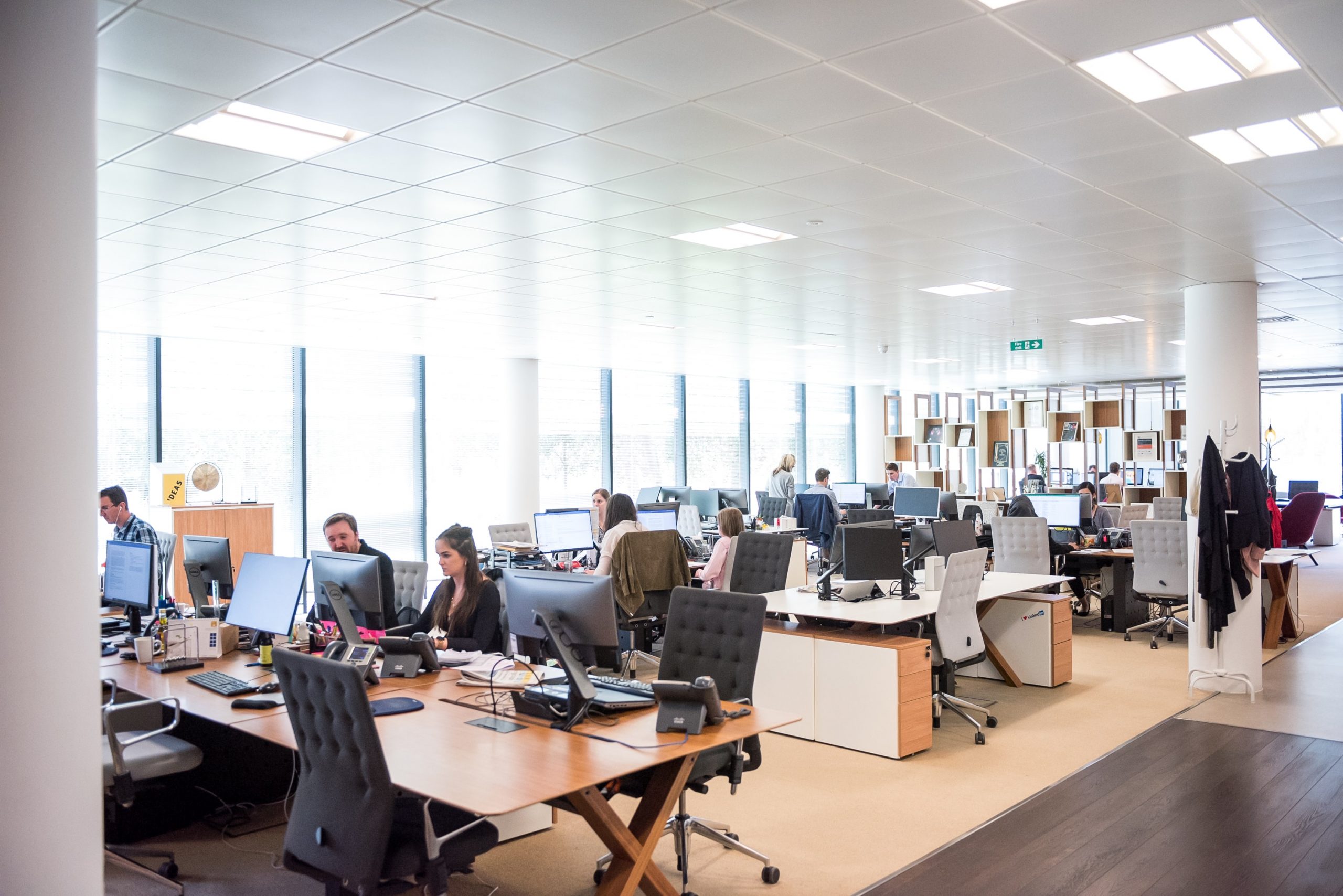With the concept of psychological safety gathering increasing momentum, there’s a risk that it can be perceived as the latest buzz term and a trend that looks better on paper than it is in reality. This really isn’t the case for psychological safety. It’s a practical strategy that HR teams can utilise to solve some of the toughest challenges facing both employers and employees.
Psychological safety explained
In its simplest terms, psychological safety is the creation of a working environment that enables everyone to fully contribute. Employees feel confident to share their opinions and ideas, and safe to ask questions and to express concerns. These factors can support organisations in addressing a myriad of complexities, whether it’s employee retention issues (think the Great Resignation and Quiet Quitting), creating diverse and inclusive cultures, and driving innovation during economic turbulence.
Employee engagement – the importance of dialogue
Fear of not being heard, dismissed, or even ridiculed and shamed all present some of the biggest risks to effective communication within organisations. If employees feel safe from these issues, it will enable leaders and managers to foster dialogue, ensuring communication is two-way between staff and management.
Psychological safety allows people to be heard and for them to feel they are being listened to. Achieving this can avoid problems from festering and exploding into bigger issues. From a recruitment and retention point of view, this can reduce the need for people to simply walk away from their jobs or to carry on in their roles, while concentrating on their exit and other opportunities.
Dialogue presents opportunity for HR teams and managers to keep up to speed with employees’ aspirations and frustrations, rather than waiting for these to be aired during an exit interview or to go completely unheard. Staff retention, contribution and productivity can be enhanced, proving invaluable during both times of economic stability and unpredictability.
Reviewing channels of communication, looking beyond the go-to digital formats that are increasingly favoured in modern workplaces, is a practical first step for HR teams keen to create safer and more comfortable spaces for dialogue with staff.
Inclusivity
Diversity and inclusivity are a priority focus for organisations. Various pieces of research suggest it makes good business sense, with leaders recognising how more inclusive workforces can enrich experiences and expertise to benefit overall objectives, strategies, and creativity.
Many initiatives for encouraging Diversity, Equity and Inclusivity (DEI) will be rooted in an employee-centric approach. For example, organisations will establish Employee Resource Groups (ERGs), which create a voice for staff to share what they want, and present opportunity for businesses to respond. This approach nods towards the very core of psychological safety, highlighting the importance of creating safe spaces for employees to fully contribute to decisions that are changing the very shape of organisations.
For HR teams, supporting the creation of ERGs can help to improve the overall understanding of workplace culture. It’s an approach that can build knowledge of day-to-day experiences that may be limiting inclusivity and diversity, while also clearly pinpointing priorities for DEI strategies.
Beyond ERGs, HR may want to focus on ‘walking the floor’ to avoid any bias when it comes to fully understanding what’s required to create safer and more welcoming spaces where DEI can practically thrive. There’s sometimes a fear of getting and saying things wrong that exists amongst all levels of staff, which can feed a box-ticking mentality. Listening to staff and gaining first-hand experiences of working environments and situations can cut through to what really matters to people and what they truly believe.
Innovation
Competition can come from anywhere in the world and can hit an organisation on multiple levels – price, pace, agility, relationships, to name a few. Agility in the face of external shocks, as well as diverse and changing customer needs, is a critical organisational capability required to thrive in dynamic, unpredictable environments.
Innovation needs to be central to all strategic plans, whether incremental or revolutionary. This can be more problematic during periods of challenging and unpredictable sales, when lower revenues don’t always allow for investment in research and development. Creating a safe workplace culture can help to overcome this, with psychological safety encouraging the flow of ideas from all directions.
If all staff feel confident in sharing their ideas, leaders will find a rich source of innovation – and a source of ideas that stems from the very coalface of the markets they are trying to engage and satisfy.
Many of the employees who are involved in the day-to-day will have the greatest knowledge and experience of what customers want, the problems they’re keen to solve and the opportunities they want to capitalise on. All too often, many team members may feel their views aren’t important or it’s not their place to make suggestions. Or, even worse, they may believe they’ll expose themselves to embarrassment if they get or say something wrong.
HR can address this by understanding the different comfort zones that employees exist within. There may be opportunity to initially bring like-minded people together during certain exercises or meetings to create a comfortable space for typically more reluctant people to contribute. Similarly, it may be possible to blend groups of varying personalities to drive awareness of what constitutes a more encouraging space for contributions from everyone.
Making employees feel safe can remove any barriers that are preventing people from sharing their insights. It’s another example of the practical, and far-reaching benefits of psychological safety.









